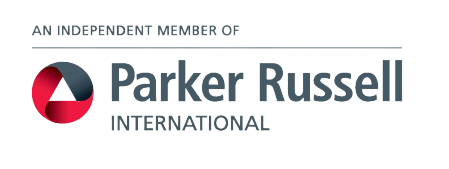Payrolling benefits in kind allows employers to deal with taxable benefits in kind through the payroll instead of reporting them to HMRC after the end of the tax year on form P11D. Currently, payrolling is optional; however, HMRC have announced that it will become mandatory from April 2026.
Employers are only able to payroll those benefits in kind which they have registered to payroll. Employers wishing to payroll new benefits in 2024/25 must ensure that those benefits are registered no later than 5 April 2024 – HMRC do not accept in-year requests. Likewise, where benefits are currently payrolled, if the employer does not want to payroll these in 2024/25, they must be de-registered before the start of the 2024/25 tax year.
In this note we take a look at the nature of payrolling and how to register to payroll benefits in kind.
Nature of payrolling
Payrolling allows benefits in kind to be taxed through the payroll in the tax year in which they are provided to the employee rather than reporting them to HMRC on form P11D after the end of the tax year.
Where benefits are reported on form P11D, HMRC amend the employee’s tax code to reflect the benefits provided to the employer. By contrast, where a benefit is payrolled, the taxable amount of the benefit is treated like extra pay which is paid to the employee in instalments with the same frequency as their usual wage or salary. The taxable amount will normally be the cash equivalent value, unless the benefit is made available under a salary sacrifice or other optional remuneration arrangement, in which case the taxable amount is the amount determined under the alternative valuation rules.
The taxable amount of the benefit is added to gross pay for tax purposes. The employee’s tax is worked out on their total gross pay in the usual way and deducted from their cash pay.
However, as most benefits in kind are liable to Class 1A (employer only) National Insurance contributions, rather than Class 1 (employer and employee), the taxable amount of the payrolled benefit is not added to gross pay for National Insurance purposes. Instead, it is taken into account in working out the employer’s Class 1A National Insurance liability on form P11D(b) after the end of the tax year.
Example of payrolling benefits in kind
An employee is provided with private medical insurance with a cash equivalent value of £360 a year. The employer has opted to payroll the benefit. The employee has a salary of £48,000 which is paid monthly.
The private medical insurance is treated as provided to the employee in 12 instalment of £30. This is added to the employee’s salary of £4,000 a month so that the gross pay for tax purposes is £4,030. Tax under PAYE is worked out on gross pay of £4,030 per month and the total tax due is deducted from the employee’s cash pay of £4,000 (along with National Insurance and any other deductions).
Eligible benefits for payrolling
All taxable benefits in kind can be payrolled with the exception of living accommodation and taxable employment-related loans.
Need to register
To start payrolling or to register new benefits to payroll for the first time in 2024/25, you must be registered before 2024/25 tax year starts on 6 April 2024. You can register via HMRC’s payrolling employees taxable benefits and expenses online service. To use the service, you must be registered for PAYE Online, so will need to sign up to that first if you have not already done so. If you miss registration deadline, you will need to wait until 2025/26 to start payrolling – it is not possible to start in-year. Before opting to register benefits for payrolling, check that you payroll software is equipped to payroll.
Telling employees about payrolling benefits in kind
If you opt to payroll benefits, you must tell the affected employees. You should explain what this will mean for them and let them know that their tax code will no longer contain an adjustment in respect of benefits which are to be payrolled.
Where you have payrolled benefits for a tax year, you must provide your employees with details of their payrolled benefits no later than 31 May after the end of the year in question.
Saving work
While payrolling will add a little bit more work to the payroll run, it will remove the need to report the payrolled benefits to HMRC after the end of the tax year. If all taxable benefits are payrolled, you will not need to submit any P11Ds. However, if you provide some benefits which have not been payrolled or can’t be payrolled (such as beneficial loans), you will still need to submit a P11D to tell HMRC about those benefits.
Payrolling does not eliminate the need to file a P11D(b). It is important to include payrolled and non-payrolled benefits when working out the Class 1A National Insurance liability on your P11D(b).



